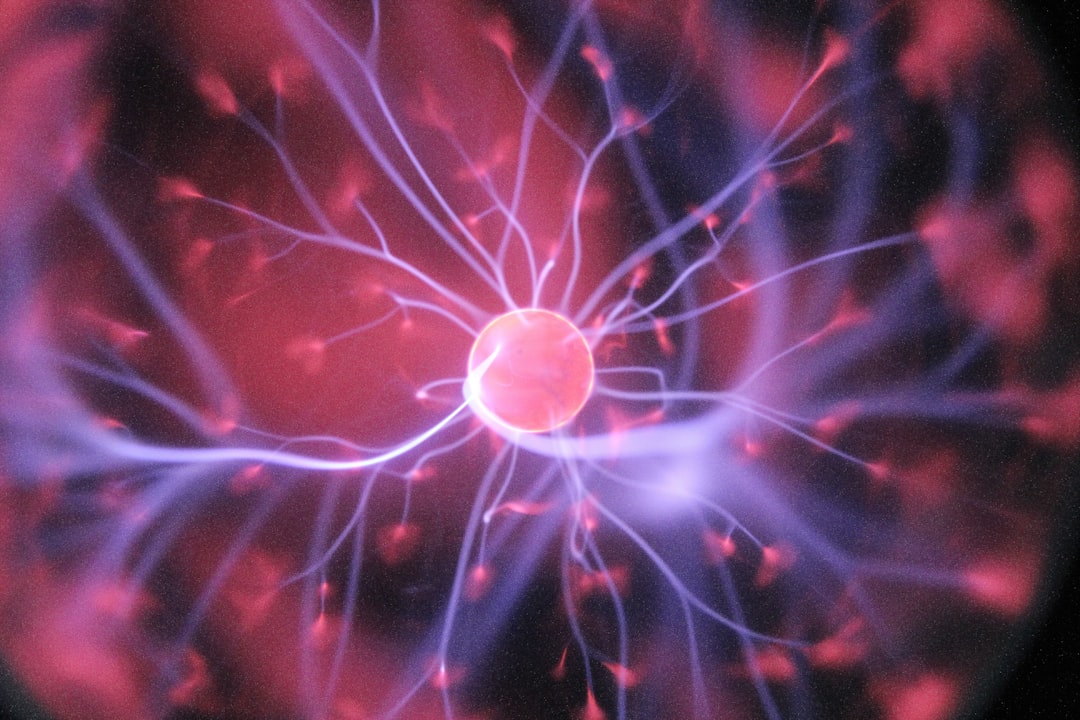What is it about?
Critical infrastructure systems like electricity, transportation, and healthcare are important for people’s comfort and the economy. These systems are often linked and dependent on each other; this is to ensure that they work properly. But during a disaster these linkages can cause more risks and mishaps in the systems. Thus, it is important to understand these linkages to better manage the harmful impacts of a disaster and prepare these systems for the future. Many models have tried to explain the linkages among infrastructure systems. However, these models are too complex or diverse for practical use. Hence, this study presents new models to classify these linkages in a simpler and more holistic way. These are based on dependency tables, interaction rules, and data-driven methods. The study also reviews cases where these models can be used and the likely challenges they may face in the future.
Featured Image

Photo by Stephen Dawson on Unsplash
Why is it important?
These models use different approaches to sort and explain infrastructure linkages. Analysts can use one or more of these models based on their needs. While dependency tables can explain simple or complex linkages with descriptive terms or quantitative data, interaction rules can explain complex linkages at a basic or systems level. They can also help gauge economic and social connections of infrastructure systems. Finally, data based models can use the growing set of big data to understand infrastructure linkages at a larger scale. It is important to note that using these new models can bring up some challenges related to data, expertise, cost, practical use, and standardization. These can be overcome through more research and better guidelines for such models. KEY TAKEAWAY: In conclusion, these new models offer analysts several options that can be used to understand infrastructure linkages and improve disaster management. This research relates to the following Sustainable Development Goals: • SDG 9: Industry, Innovation, and Infrastructure • SDG 11: Sustainable Cities and Communities • SDG 13: Climate Action • SDG 3: Good Health and Well-being • SDG 17: Partnerships for the Goals
Read the Original
This page is a summary of: Overview of Interdependency Models of Critical Infrastructure for Resilience Assessment, Natural Hazards Review, February 2022, American Society of Civil Engineers (ASCE),
DOI: 10.1061/(asce)nh.1527-6996.0000535.
You can read the full text:
Resources
SDG Showcase: Goal 9 – Industry, Innovation and Infrastructure
More plain language summaries of research relevant to Sustainable Development Goal 9: Industry, Innovation and Infrastructure – brought to you by the SDG Knowledge Cooperative
SDG Showcase: Goal 11 – Sustainable Cities and Communities
More plain language summaries of research relevant to Sustainable Development Goal 11: Sustainable Cities and Communities – brought to you by the SDG Knowledge Cooperative
SDG Showcase: Goal 13 – Climate Action
More plain language summaries of research relevant to Sustainable Development Goal 13: Climate Action – brought to you by the SDG Knowledge Cooperative
SDG Showcase: Goal 3 – Good Health and Well-Being
More plain language summaries of research relevant to Sustainable Development Goal 3: Good Health and Well-Being – brought to you by the SDG Knowledge Cooperative
SDG Showcase: Goal 17 – Partnerships for the Goals
More plain language summaries of research relevant to Sustainable Development Goal 17: Partnerships for the Goal – brought to you by the SDG Knowledge Cooperative
ASCE's SDG Showcase
Explore a selection of ASCE research relating to sustainable development goals, explained in plain language by professional science writers.
SDG Knowledge Cooperative
More plain language summaries of research relevant to all the Sustainable Development Goals.
Contributors
Be the first to contribute to this page










